2011+ KIA OPTIMA 2T ForgeMotorsport BOV
$ 329.99
For the KIA OPTIMA 2T and Kia Forte Turbo
– billet aluminum construction
– Viton silicone o-ring sealed piston-based internals – no diaphragm to fail
– 3 interchangable springs and included shims to adjust for varying boost levels
– o-ring sealed cap with swivel vacuum nipple
– fully rebuildable
The Forge direct replacement blow-off valve is designed to be a more durable and performance oriented valve than the OEM unit. The OEM valve is suitable for stock boost levels for a period of time, however, once boost pressure is raised, and after prolonged use, the stock valve will no longer be adequate. Raising the boost output of the vehicle will have a number of effects on the OEM valve. First and foremost, the additional boost pressure will quickly exceed the capacity of the OEM spring to keep the valve closed under higher boost levels. Since you cannot change the springs in the OEM valve, it cannot be adjusted for higher boost levels. Secondly, the additional heat generated by the increased boost will quickly deteriorate the OEM rubber valve diaphragm, which will also lose strength with repeated oscillations. The Forge valve uses full billet aluminum construction and Viton silicone o-rings that will withstand the highest boost levels and repeated abuse. It is also tunable for varying boost levels with the included spring tuning kit. If there is ever a problem with the valve such as a torn o-ring, replacements are available free of charge, and the valve is fully rebuildable. Because the Genesis Coupe 2.0T does not use a MAF (mass air flow) sensor, there is no reason that the residual boost pressure at throttle lift cannot be vented to the atmosphere such as with this valve. The engine management does not meter the air volume entering the engine, so this residual pressure can be discharged without any adverse affects on the performance or driveability of the vehicle. Additionally, the valve being open at an idle or vacuum condition is a normal occurance, and is not indicative of a leaking valve. If the intake manifold is in vacuum, even while cruising at speed, the valve may be open. The OEM valve operates in this same manner, however, it is just not visible/audible because it is recirculating instead of vented to the atmosphere. Using a stiffer spring to keep the valve closed at a vacuum condition may result in too stiff of a spring tension to effectively discharge pressure at a throttle lift condition
Be the first to review “2011+ KIA OPTIMA 2T ForgeMotorsport BOV” Cancel reply
Related products
2003-2008 Tiburon
AEM Methanol Injection Kit 1 Gallon Tank 30-3300 (UNIVERSAL FIT)
2010-2016 Genesis Coupe 2T/3.8L Models
2003-2008 Tiburon
2010-2016 Genesis Coupe 2T/3.8L Models
2003-2008 Tiburon

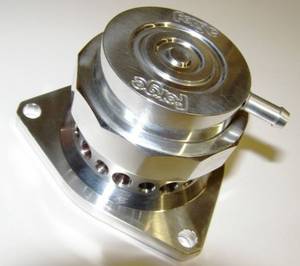


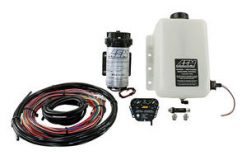

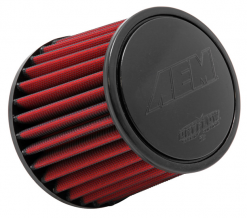
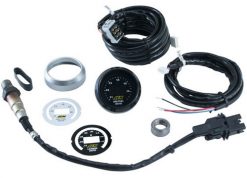


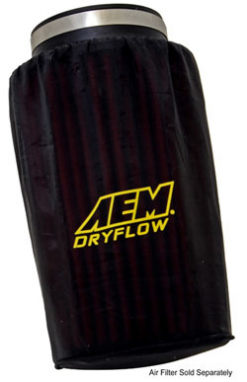
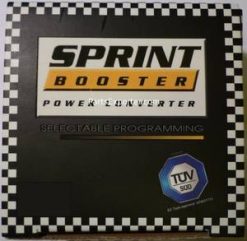
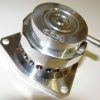
Reviews
There are no reviews yet.